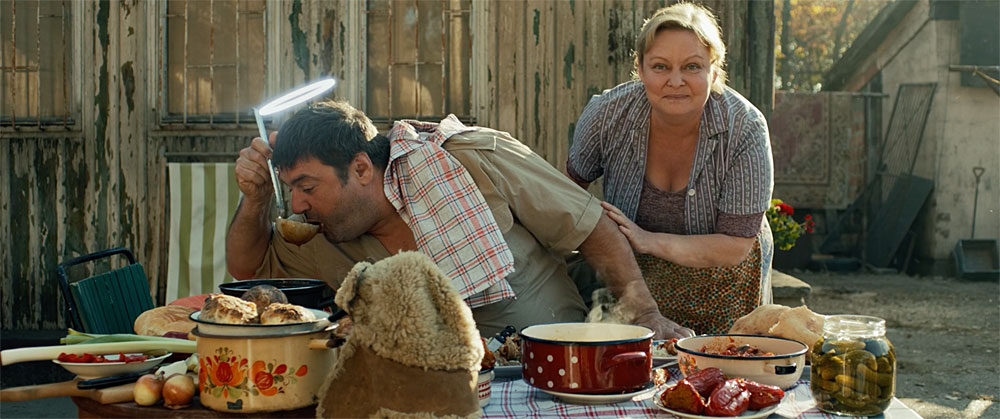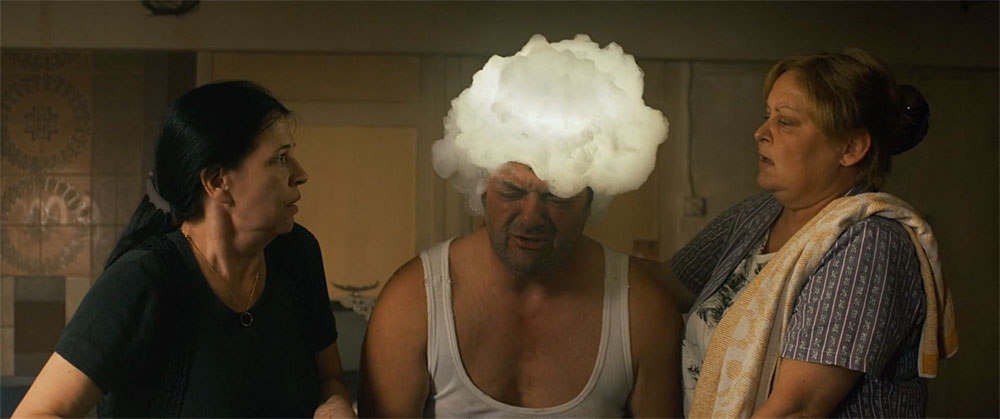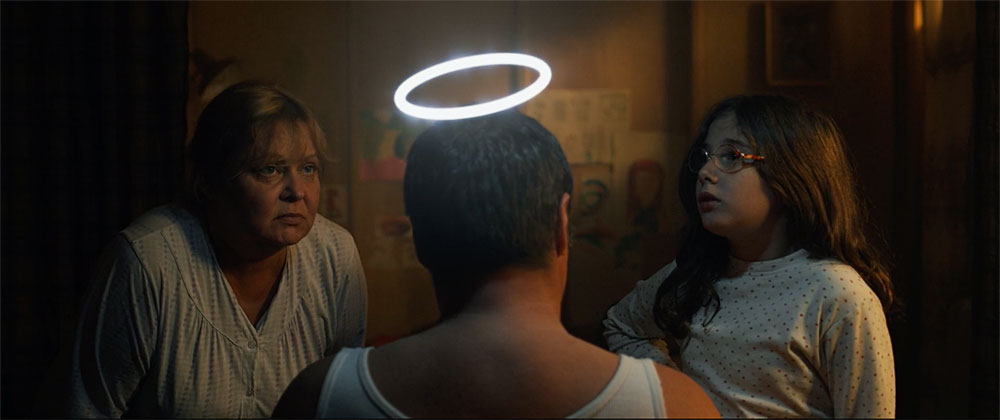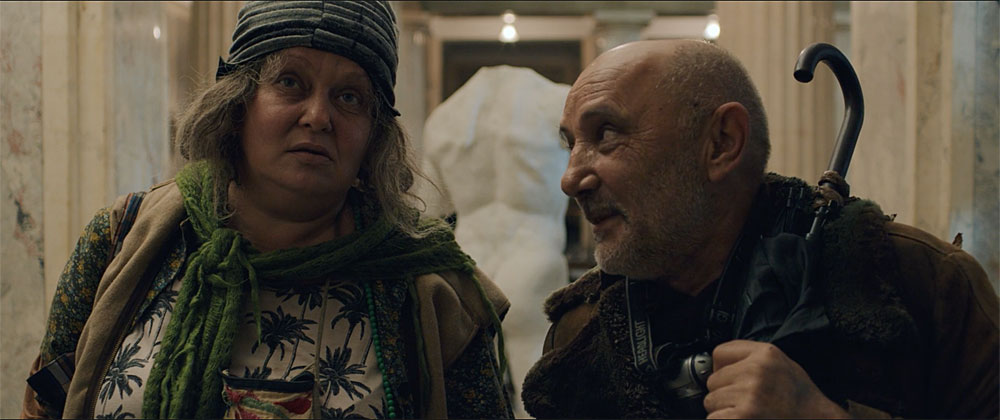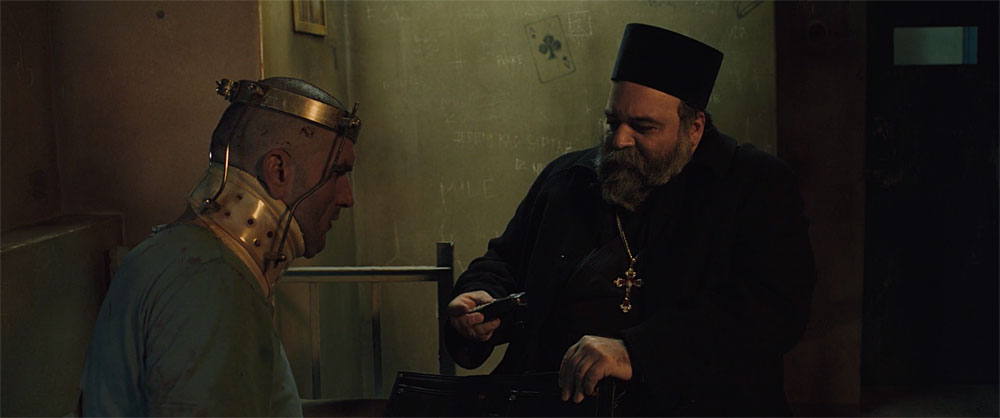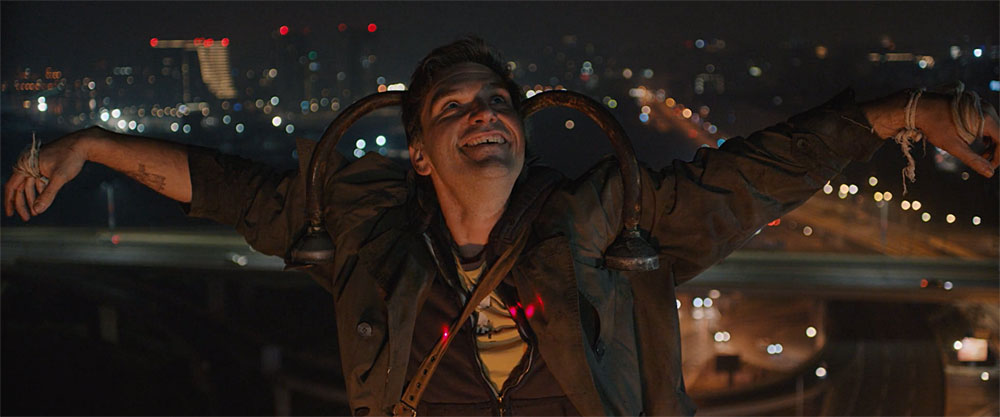The first segment is set in 1993 among refugees from the Croatian War. After a freak accident with a bulb, Stojan, a saintly, selfless man, wakes up with a halo. As a life-long communist, he wants none of it. After consulting with a TV priest, his wife forces him to sin. In the second chapter, set in 2001, the intellectually challenged Gojko is sentenced to death after killing a businessman and his wife. Gojko believes his saint, St Petka, is talking to him using mobile phones. When a prison warden arrives to take him to the firing squad, he finds a surprise instead of Gojko. In 2026, Julija is a gallery owner, and Gojko, now diagnosed with schizophrenia, is a painter. When it turns out that Gojko's art can sate hunger, the president proclaims it state property.
"I wanted the film to be like a puzzle and to raise questions using different metaphors. I wanted to deal with religion and try to understand some aspects myself and to confront the concepts of a god of love and a god of revenge, for example. I am also interested in miracles and temptations. We live in an era that has its own golden calf, which we see also on the commercial side of art. And of course, as a film director, I’m also concerned with the question of what we do art for. For money, glory and recognition?" (Srdjan Dragojević)
Srdjan Dragojević
Born in Belgrade in 1963. He first trained as a clinical psychologist before taking up film studies at Belgrade University. Served as professor at Belgrade’s Film Academy between 2000 and 2004. He made several commercials and was a published poet before deciding to devote his energies to film.
